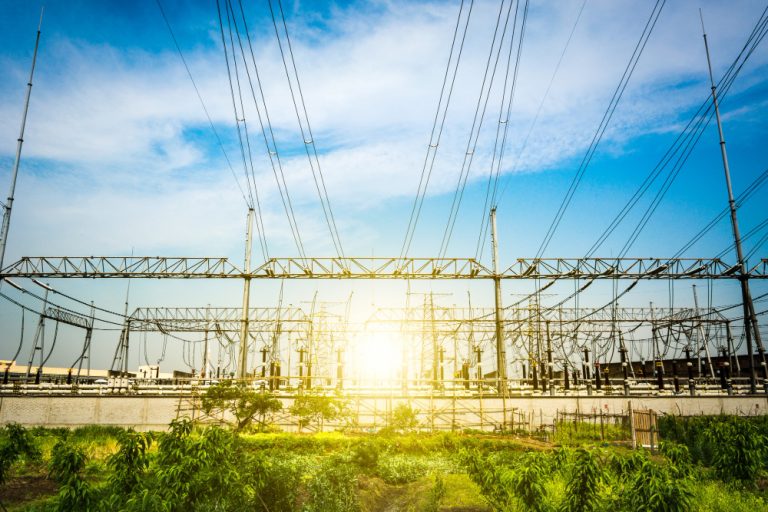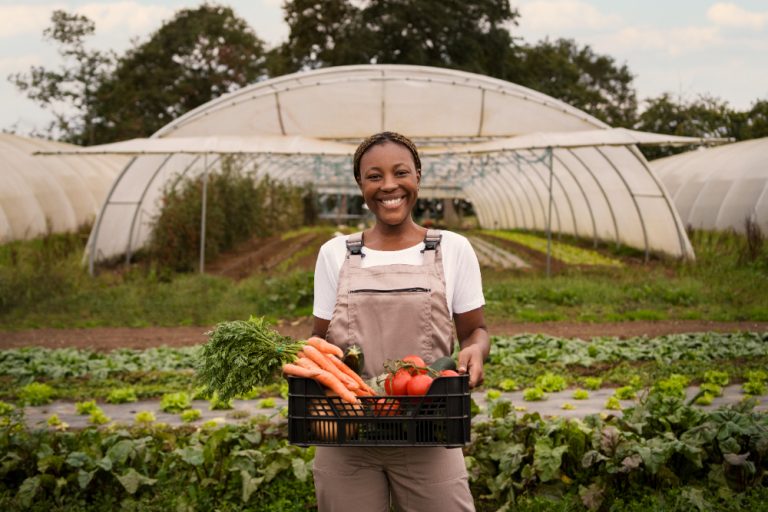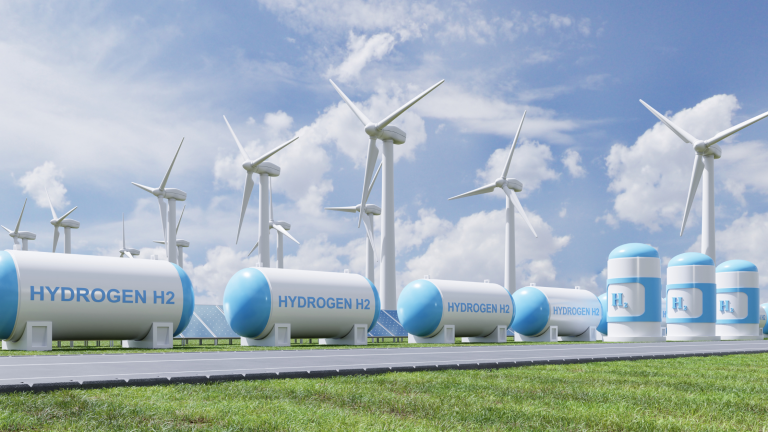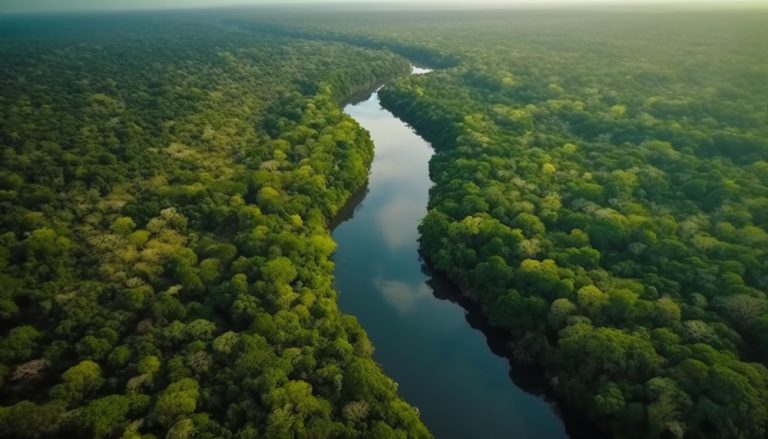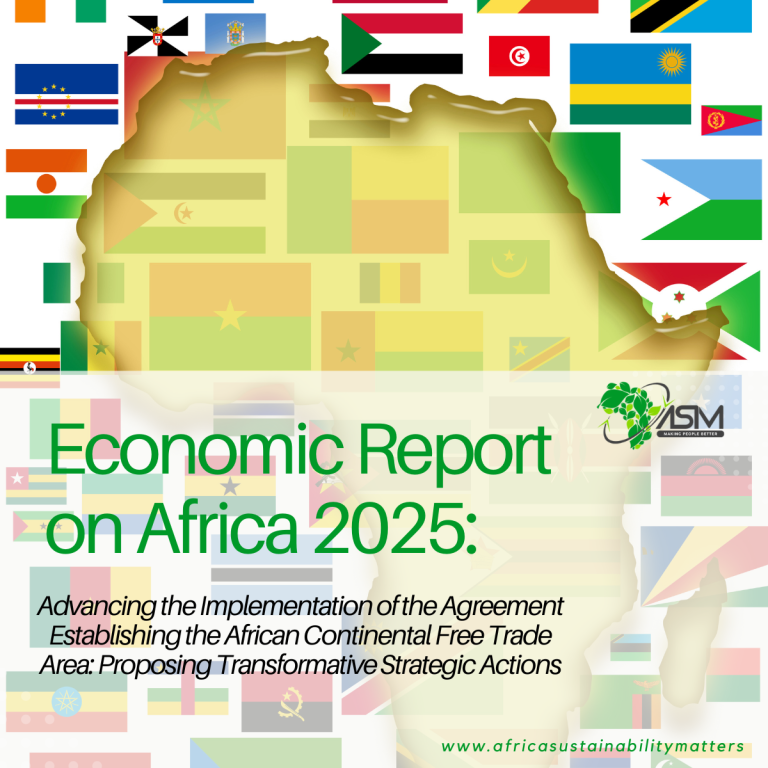Ghana’s ambitious energy transition plans and investment opportunities will take center stage on April 14, 2025, at the Invest in African Energies: Accra Investor Briefing. The event will provide strategic insights into Ghana’s energy roadmap, featuring a keynote address by the Minister of Energy and Green Transition, John Abdulai Jinapor. His participation is set to highlight Ghana’s evolving energy landscape, regulatory reforms, and investment prospects in the oil, gas, and renewable energy sectors.
Ghana is positioning itself as a premier investment destination in West Africa, leveraging industry reforms to attract capital and expertise. With over 17 oil and gas projects planned over the next three years, the country is balancing fossil fuel investments with sustainability commitments. A cornerstone of this strategy is the Gas Master Plan (GMP), which provides a blueprint for gas sector growth through 2040. The plan encourages capital injection and technological advancement across the gas value chain, unlocking the full potential of Ghana’s estimated 2.1 trillion cubic feet of gas reserves.
Regulatory reforms have also played a key role in driving investment. Amendments to laws now require oil and gas companies to allocate at least 15% of each project to the state as free and carried interest, while flexible royalty regimes create a more competitive business environment. These measures aim to boost investor confidence while ensuring that Ghana derives long-term economic benefits from its natural resources.
Several high-impact projects are already advancing Ghana’s energy sector in 2025. The Pecan 1A Upstream Project, spearheaded by Aker Energy, Lukoil, and the Ghana National Petroleum Corporation (GNPC), is set to monetize up to 268 million barrels of oil across two phases. Meanwhile, the Atuabo II Gas Processing Plant, developed by Ghana Gas and its partners, will begin operations with an initial capacity of 150 million standard cubic feet per day (mmscf/d), scaling up to 300 mmscf/d in its second phase.e
Exploration and production activities at the Jubilee and TEN fields, operated by Tullow Oil, are also progressing. The company’s 2025-2026 drilling program includes one producer and one injector well at the Jubilee field, alongside a 4D seismic survey. Additionally, GNPC’s plans to drill an exploration well in the Voltaian Basin signal Ghana’s commitment to unlocking new reserves and diversifying its energy supply.
Beyond oil and gas, Ghana is making strides in establishing an integrated petroleum hub—the first of its kind in West Africa. This ambitious project will feature three refineries, five petrochemical plants, storage tanks, jetties, a port, and supporting LNG and logistics infrastructure. The first phase of the hub, backed by the TCP-UIC private sector consortium, was finalized in 2024, marking a major step toward energy security and industrial development.
However, Ghana’s energy transition is not solely reliant on fossil fuels. The government is increasingly prioritizing renewable energy investments, aligning with global climate commitments while enhancing energy accessibility. Solar and wind energy projects are gaining traction, with policies encouraging private sector participation. The Accra Investor Briefing will explore how Ghana’s evolving energy mix presents lucrative opportunities for foreign investors.
As a precursor to African Energy Week (AEW): Invest in African Energies 2025, the Accra Investor Briefing will provide a platform for stakeholders to engage in high-level discussions on Ghana’s energy future. Minister Jinapor’s keynote speech will outline government strategies for industry growth, sustainability, and regulatory stability. A fireside chat between the Minister and NJ Ayuk, Executive Chairman of the African Energy Chamber (AEC), will further unpack Ghana’s potential as a regional energy hub.
The briefing will also serve as a networking opportunity for financiers, project developers, and policymakers to explore partnerships in the energy sector. Discussions will cover investment mechanisms for the petroleum hub, funding strategies for renewable energy expansion, and insights into infrastructure development.
While oil and gas remain crucial to Ghana’s energy economy, the country is actively working to integrate sustainable practices into its energy framework. Measures such as carbon capture initiatives, methane emissions reduction programs, and green financing mechanisms are being explored to ensure responsible resource utilization. Ghana’s energy strategy aligns with the broader African goal of achieving energy security while mitigating climate impact.
NJ Ayuk commended Ghana’s progressive reforms, stating, “Ghana is rapidly emerging as one of West Africa’s most attractive oil, gas, and infrastructure markets, thanks to the Ministry of Energy and Green Transition’s forward-thinking policies. By creating a stable regulatory environment, Ghana is fostering investor confidence and paving the way for long-term economic growth. The Accra Investor Briefing will be a vital forum for sharing updates on these reforms and engaging global investors.”
Ghana’s energy sector is at a pivotal moment, with government-driven reforms and large-scale projects shaping its trajectory. As the country accelerates its energy transition while capitalizing on oil and gas resources, the Invest in African Energies: Accra Investor Briefing will offer key insights into investment opportunities and regulatory advancements. With a clear vision for sustainability, Ghana is poised to become a major energy hub in Africa, balancing economic growth with environmental responsibility.


